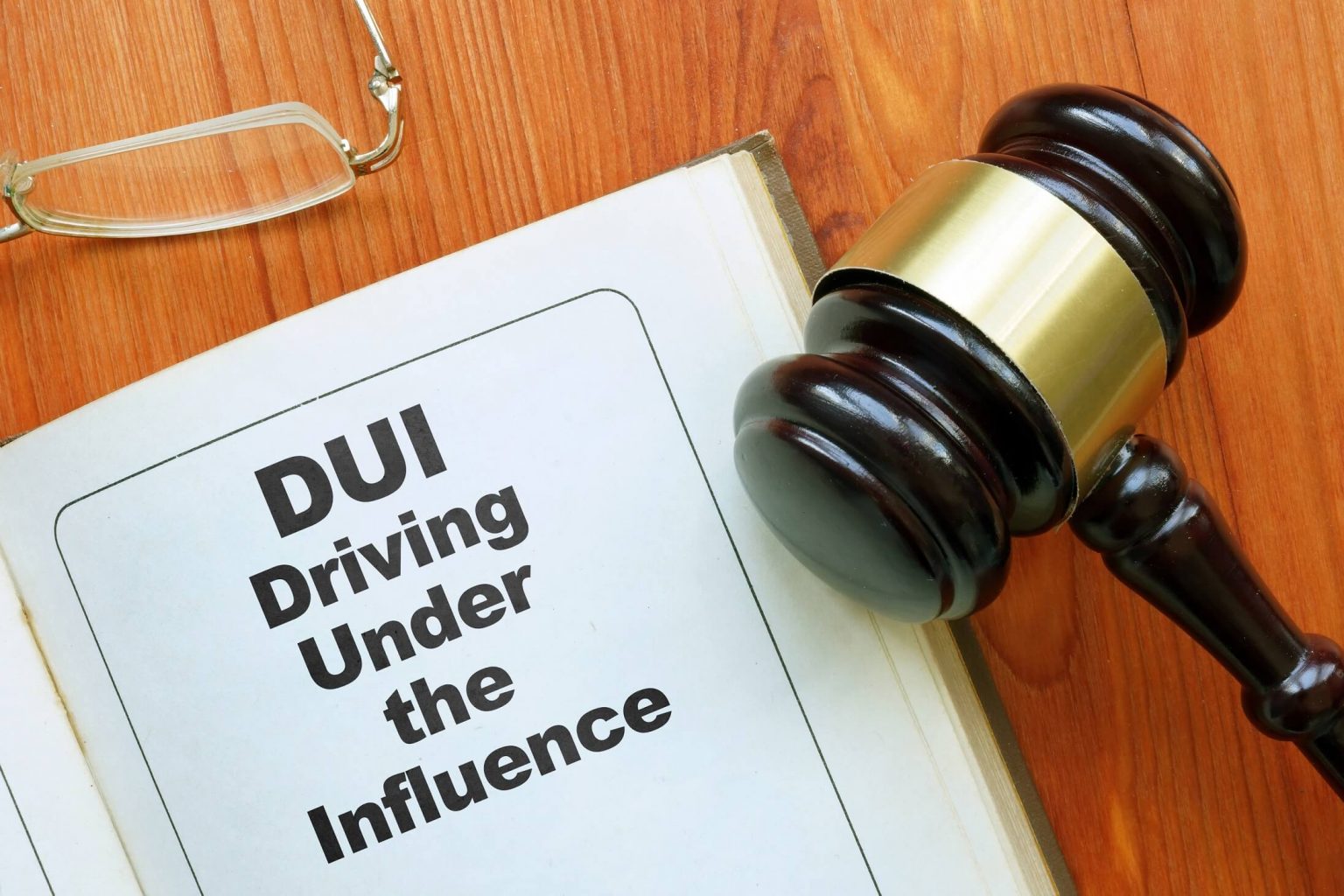The key to success in the fiercely competitive internet environment is attracting high-quality visitors to your website. Search engine optimization (SEO) and content marketing are powerful organic strategies, but they frequently demand time and perseverance.
Several website owners use sponsored traffic to speed up the process and improve the exposure of their websites. Yet, purchasing traffic has its own set of difficulties and dangers. In this post, we’ll look at secure ways to purchase website traffic to maximize your return on investment.
1. Prior to Purchasing Traffic
Prior to purchasing traffic, it’s crucial to clearly define your objectives for your website. Determine your target market, the goal of generating traffic, and the expected results. This will enable you to select the traffic sources that are most successful and assess their performance.
2. Recognize the Different Traffic Types
There are several levels of quality and targeting possibilities available from different traffic sources. Following are some examples of typical traffic types:
3. Advertising with Pay-per-Click (PPC)

You have the option to bid on keywords related to your website on platforms like Google AdWords and Bing Ads. When visitors visit your site via your ads, you get paid. Make sure your marketing efforts are correctly targeted to reach the people you want to reach.
- Display advertising ─ Display ads, which frequently take the form of pop-up windows or banners, are seen on websites. Through ad networks or on pertinent websites, you may buy advertising space. To increase your chances of conversion, choose websites with high-quality traffic carefully.
- Social media advertising ─ Websites like Twitter, Instagram, and Facebook provide a variety of advertising alternatives. Use their targeting options to connect with people who fit your target audience’s precise demographics.
- Native advertising ─ Native advertisements are integrated into the platform’s content without standing out. They offer a non-intrusive user experience and have the potential to increase traffic. Platforms with a focus on native advertising include Taboola and Outbrain.
4. Undertake a Careful Study to Locate Reliable Suppliers
There are a huge number of traffic providers accessible, therefore, it’s important to undertake a careful study to locate reliable suppliers. Think about the following elements:
- Reputation─ Seek out reputable companies with good testimonials and a track record of generating high-quality traffic.
- Targeting options ─ Check to see if the traffic source has targeting choices that match the demographics and interests of your audience.
- Transparency ─ Look for service providers who are open about the sources of their traffic, including thorough details on the origin and calibre of their traffic.
- Fraud prevention ─ Check to see if the traffic supplier uses fraud detection tools to weed out traffic that was generated by bots or phoney websites.
5. Create a Reasonable Budget

Create a budget that is in line with your expectations and goals. Before scaling up, start with smaller campaigns to gauge the viability of various traffic sources. Keep an eye on your return on investment (ROI) and make any budget adjustments.
6. Use Analytics Programmes
When your traffic campaigns are live, use analytics programmes like Google Analytics to carefully monitor how well your website is performing. To evaluate the quality of the traffic, keep track of important metrics like bounce rate, time on site, and conversion rates. You may improve your campaigns and make wise selections with the aid of this data.
7. Optimize Landing Pages
Make sure your landing pages are optimised for conversions to get the most out of the traffic you receive. Make engaging landing pages that are easy to use and include clear calls to action (CTAs) and pertinent information. To gradually increase your conversion rates, experiment with various aspects including headlines, designs, and CTAs.
8. Diversify Your Traffic Sources
It can be dangerous to rely solely on one traffic source. To lessen dependence and to reduce potential losses, investigate various traffic channels. Find the best traffic sources for your particular niche by continually assessing and diversifying them.
9. Keep up with Industry Updates

The world of internet advertising is continuously changing. To guarantee you’re making wise judgements, keep up with the most recent trends, laws, and best practises. To keep current, sign up for industry blogs, forums, and newsletters.
10. Factors for Safe Traffic Buying
Safety must always come first, even though buying traffic can be a successful tactic. Here are some other things to think about:
- Concentrate on gaining high-quality traffic rather than merely increasing the number of visitors. High-quality visitors are more likely to interact with and buy from your website.
- Steer clear of shady providers ─ Be wary of traffic companies that provide absurdly low costs or guarantee unrealistic outcomes. They could engage in unethical behaviour that might damage the reputation of your website.
- Targeted traffic ─ Make sure the traffic you buy is relevant to your niche and targeted. Irrelevant traffic could boost your overall number of users, but it won’t generate any worthwhile interactions or sales.
- Balance traffic sources ─ By varying your sources, try to achieve a balanced traffic portfolio.
In conclusion, purchasing internet traffic may be a useful strategy for boosting exposure and attracting new clients. To get a profitable return on your investment, you must, however, use caution and prioritise safety when implementing this method. You may successfully and securely traverse the process of purchasing website traffic by adhering to the detailed instructions provided in this article.
Start by clearly describing your goals, target market, and outcomes you hope to achieve. This will assist you in determining the best traffic sources for your website and their efficacy. Learn about the various types of traffic that are available, including pay-per-click, display, social media, and native advertising. Reaching your target audience may be made easier with the special features and targeting skills offered by each of these choices.

Research and check traffic websites for reliable traffic sources that have a strong reputation and positive reviews. Seek out suppliers who use fraud protection strategies and are open about the origins of their traffic. This will guarantee that you obtain real, high-quality traffic that is more inclined to interact with and buy from your website.
In order to control your spending and calculate your return on investment, you must create a realistic budget. Before scaling up, start with smaller ads to test various traffic sources and refine your methods.
Using analytics tools, track and evaluate the performance of your website while keeping an eye on important metrics like bounce rate, time on site, and conversion rates. Making wise judgements and improving your efforts will be made easier with the help of this data.
It’s essential to optimise your landing pages if you want to get the most out of the traffic you do receive. Make engaging landing pages that are easy to use and include clear calls to
action and pertinent content. To gradually increase your conversion rates, test and tweak various aspects of your landing pages, such as headlines, layouts, and CTAs.
These techniques can help you acquire website traffic efficiently and safely, improving your chances of bringing in quality users and generating conversions. To succeed over the long run, keep in mind that patience, observation, and optimisation are essential. You may use the power of purchased traffic to increase your online visibility and accomplish the objectives of your website if you have a well-planned strategy and a dedication to ongoing development.










